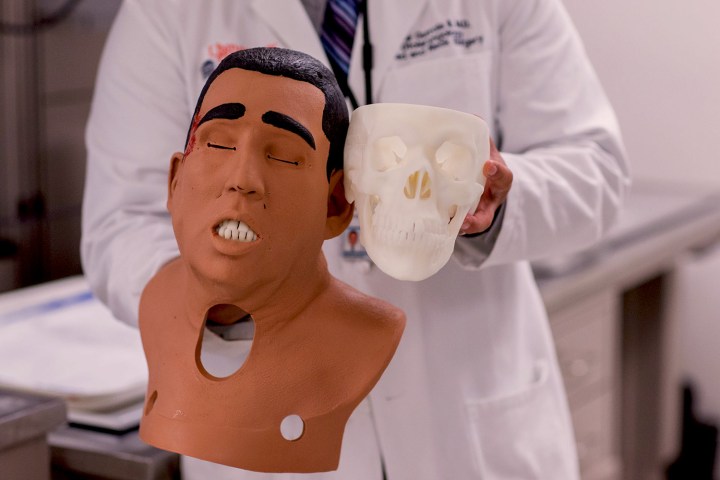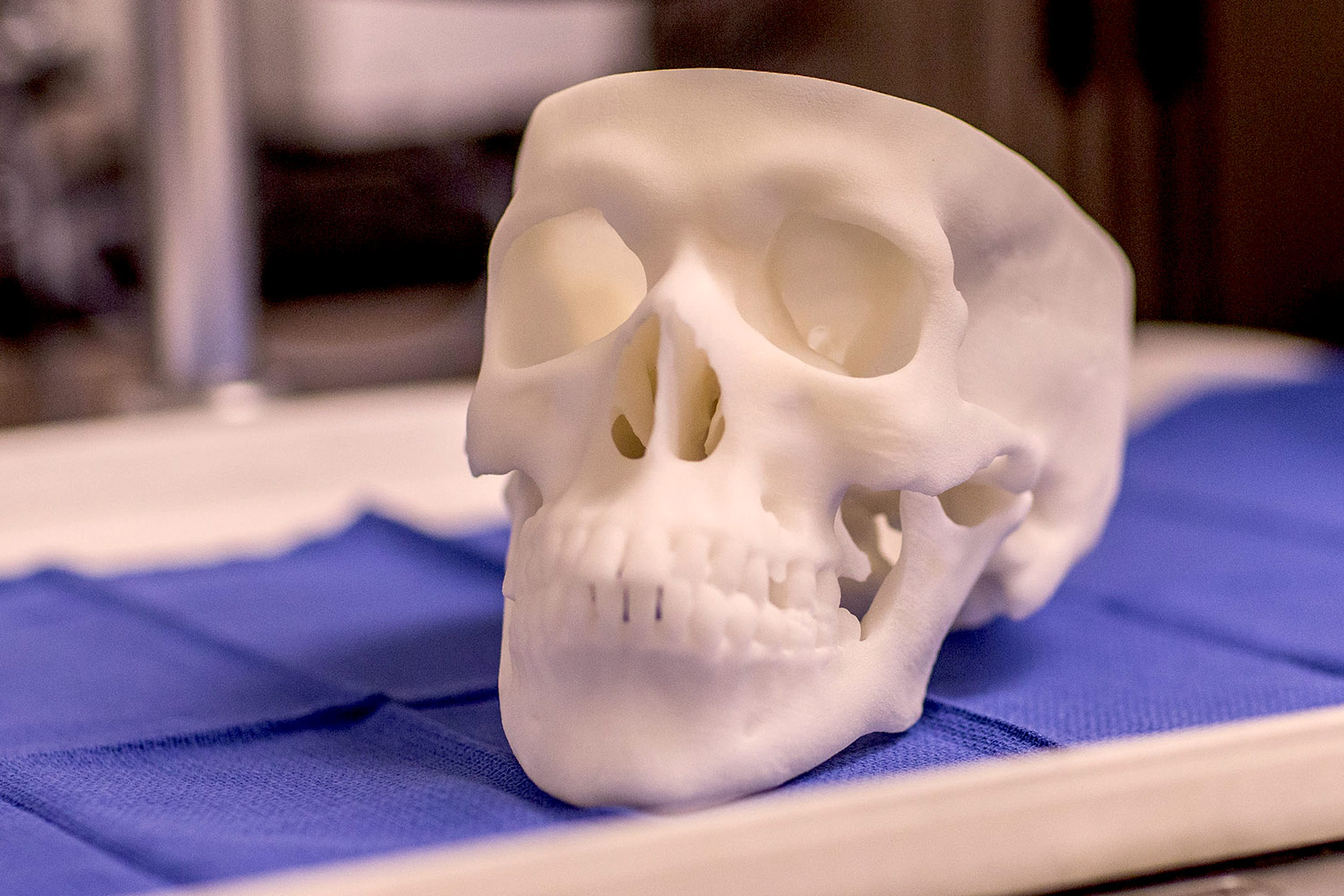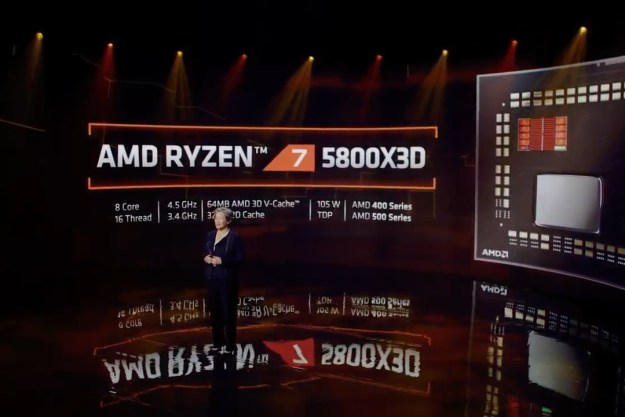
“Most patients are not used to having something in their nose, so they may be very nervous,” said Dr. Jose Gurrola II, a rhinologist at the University of Virginia Health System, in a UVA news release. “It can be completely unnerving for the patient and the resident.”
To make the task a bit more comfortable, Gurrola teamed up with an otolaryngology resident at UVA, Dr. Robert Reed, and the director of the Advance Manufacturing and Rapid Prototyping Lab at UVA, Dwight Dart, to create 3D-printed skulls for training purposes.
“The models allow students, residents, and doctors to see, feel, and understand dimensions of real human geometry,” Dart said in the same news release, adding that 3D printing will revolutionize the medical practice in coming years.
Printable files are taken from CT or MRI scans of patients’ skulls, and then sent to a 3D printer. Doctors combine these skulls with surgical simulation software to train residents in a laboratory setting, without having to practice on actual patients — or each other.
Gurrola noted that back when he was in training, “Students and residents in the same class would take turns ‘scoping each other … You wanted to make sure you didn’t hurt the other person too much, because they were going to ’scope you right after.”
As creepy as they look, the 3D-printed skulls and masks offer a relatively cheap and reusable alternative to practicing on real people. Though that might mean students and residents come to know each other a little less intimately, that’s not necessarily a bad thing.
Editors' Recommendations
- Nvidia turns simple text prompts into game-ready 3D models
- 3D printed cheesecake? Inside the culinary quest to make a Star Trek food replicator
- AMD Ryzen 7 5800X3D beats predecessor, but AMD promised more
- AMD’s revolutionary 3D V-Cache chip could launch very soon
- AMD teases performance of its revolutionary 3D V-cache chip




